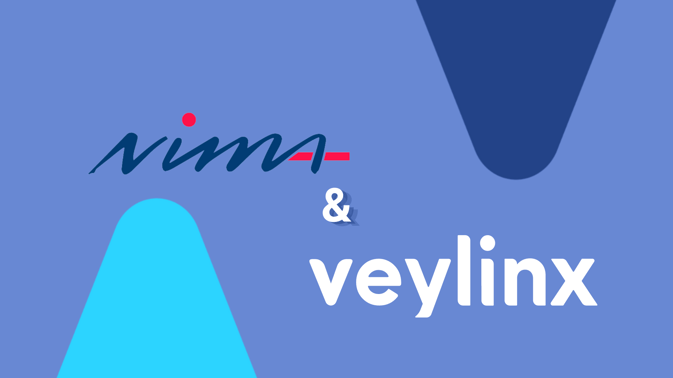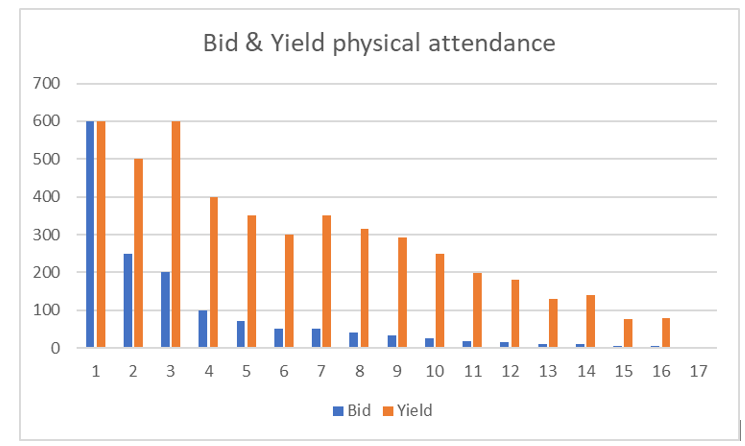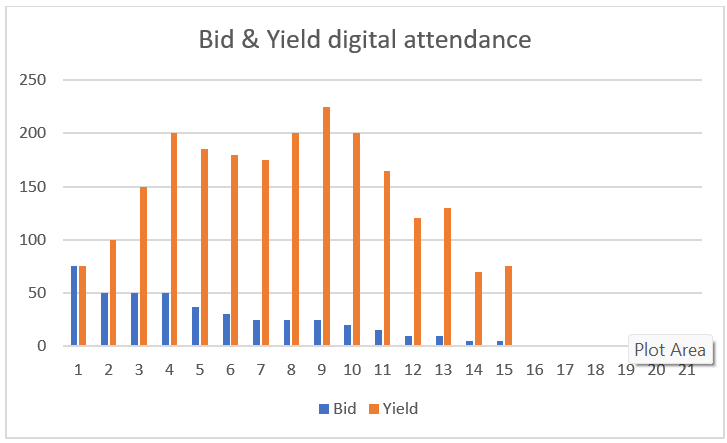The Price Was Right, Wasn’t It?
This article originally appeared in Dutch on the NIMA blog.

What would people pay for an in-person vs. a digital event? NIMA, the Dutch Marketing Institute, sought to find out. Here are the results of the “Best of NIMA” price auction.
In the American TV game show “The Price Is Right,” contestants place bids on various items; the goal is to place a bid as close as possible to the actual retail price. Therefore, the show's winner is usually very aware of retail prices. But the show's losers are a treasure for marketers: What are their price expectations, and how do they differ from the suggested retail prices? Fun fact: Most contestants on the show are highly unsuccessful at correctly guessing prices.
A vital question arises:
What are people willing to pay for a product or service?
Veylinx, a Dutch behavioral research company, answers this question with precision. It has developed a closed auction platform where participants bid on a product. In other words, research participants “put their money where their mouth is.”
Recently, NIMA put it to the test. Once a year, NIMA lets the public experience its most popular masterclasses in an event called “The Best of NIMA.” Last year, The Best of NIMA 2021 had no admission charge and was broadcast digitally due to COVID-19. As a result, NIMA saw a tremendous increase in the number of participants attending the event. More than 300 marketers signed up and watched the free edition, whereas usually, there would be only 20–30 people attending.
The online event was a great success; many positive participant reviews came in.
After the online version of the show, a question followed: How much would people be willing to pay beforehand to attend The Best of NIMA? For free, for €20 or €100? Do people prefer online events or in-person? All of these were important questions that needed answers.
Between June 7th and 23rd, NIMA members and others, including last year’s attendees, could bid for a ticket at the upcoming Best of NIMA event. An email was sent, and auction participants could choose between online and in-person versions of the event. In total, 40 people placed a bid. The interest in the online event was slightly higher than in the physical event. The bidding was binding, but the bidder’s price would never be as high as their bid.
How does Veylinx determine the right price for a product?
If you want to know more about this type of auction, look up “Vickrey auctions.” The buyers bid on the product or service without seeing other participants’ bids. The seller decides the selling price, and all bidders who placed an offer above the seller’s appointed price win the auction. The winners pay the selling price, meaning they always pay less than their original bid. This method encourages buyers to reveal their true value for the product or service — in this case, a ticket for the Best of NIMA event.

The horizontal axis shows the number of bids ranked from highest to lowest. The vertical axis represents the amount of the offer and the total yield. The revenue is calculated using the sum of the lowest bid multiplied by the number of participants.
For example, one can see that the yield is the same for one participant who bids 600 euros and three participants whose lowest bid is 200 euros. If you set the price lower, for example, 50 euros, you have 7 participants * 50 euros = 350 euros yield.
The optimal price here is 200 euros; at this price, you are less dependent on a single bid.

The number of bids corresponds to the average number of attendees at the Best of NIMA. The level of bids varies greatly between physical and online events. However, the most remarkable difference between the bids is that the physical event has a much higher perceived value than the online event. On the other hand, the difference in costs between physical and online events is not that big. It may be time to review the cost-price-plus method as the most common method for price determination…
A very nice and helpful feature the Veylinx platform offers is the ability to ask follow-up questions. This way, we gained more insights into the purchase motivation behind each bid. One of the questions NIMA asked was, “How do you pay for your participation in the Best of NIMA?” Almost half of the participants indicated that they pay as private individuals; only 15% indicated that the company pays for the tickets. Usually, companies pay about 75% of all ticket costs at NIMA events. Now, we found out that 50% of survey participants were planning to pay with their own money.
Typically, a company conducting research like this keeps the results private. But because NIMA is an association for marketers, we wanted to share the insights we gained. We recommend everyone try out this pricing research methodology!
Tags:
PartnershipsSeptember 21, 2022


Comments